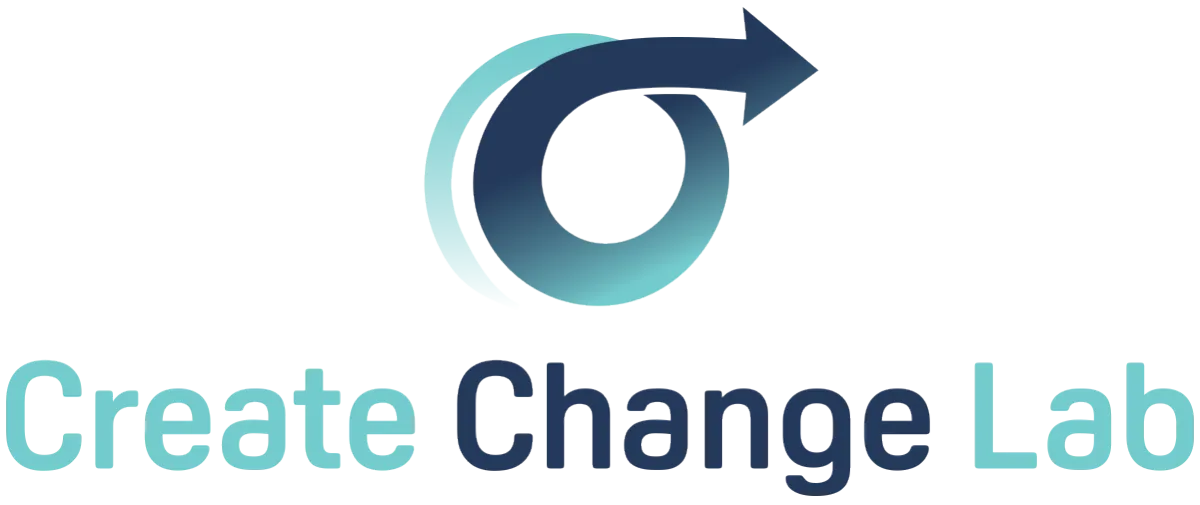About
About
When I was first diagnosed with Parkinson's Disease in the late summer of 2024, I knew that it was coming. Not only had I been experiencing symptoms for about 5 years -- lack of arm swing when walking, slowness, stumbling, lost of strength in my right arm and leg...-- but because it runs in my family: both my mother and father were diagnosed with PD in their later years, and my sister in her late 50's. I haven't tested for the marker gene, because whatever the marker is, it just represents a tendency that can be triggered or subdued by environmental and lifestyle factors. That's epigenetics, and the reason to be proactive: What I do matters.
Epigenetics is the study of how the environment and other factors can change the way that genes are expressed, beyond how the DNA is written. About 15% of Parkinson's patients have a family history of the disease, while only 5-10% are thought to have one of the genetic mutations that can predispose one to the disease (LRRK2, PARK2, PARK7, PINK1 or the SNCA gene).
The Before Times
Professionally, I work in the field of Public Health Communications (aka Behavior Change Communications or Social Marketing), and teach in the Master of Public Health program in the Larner College of Medicine at the University of Vermont. I have a doctorate in Educational Leadership and Policy Studies and a Master's degree in Media Ecology. When I trained to be a Health Coach in 2015, the background in the theories of behavior change and research-based best practices, as well as curriculum development, set me up for taking action on the epiphany I was about to have.
In 2016, I was researching a book that brought together these two interests: media and health. The focus was how the media--and advertising in particular--has created a food culture where convenience is the predominant value. In particular, I was deep into studying the tactics of Big Sugar, and how the repetition of images of kids eating sugary cereals on television has made parents and kids think that cereal is an easy and healthful breakfast -- when nothing could be farther from the truth -- when I had an epiphany in a grocery store.
I was finished with my grocery shopping and looking for a snack to eat in the car on the drive home (that's why they put the candy by the checkout!). As I was reaching for the dark chocolate peanut butter cups, I heard myself say, "You can have that, you worked out today." Now, that's something I've said to myself a hundred or a thousand times before, but since I was studying the sugar industry I was able to identify that it wasn't my rational brain talking. That's when it hit me: That's the Sugar Talking! I stood there in the middle of the market for several minutes, dumbfounded. Have I been addicted to sugar this whole time and not realized it? Are all the rationalizations and justifications for having treats consistent with other forms of addiction? How is it possible that sugar is talking to me? It was right then that I decided to change the focus of my research from advertising and policy to biology. And I was going to unravel my sugar addiction, and teach others how to do it too.
It took me two years to heal my dependency on sugar, and I created my first course Breaking Free from Sugar in 2019. To date, over 4,000 people have taken that course, with over 95% of them reporting they were successful reducing their sugar consumption and planning to continue with a sugar-minimal lifestyle. Then I wrote a book about it called The Sweet Tooth Dilemma, which became a bestseller on Amazon.
Because of that experience of healing took two years until I felt like I was on solid ground -- changing 35 years of habits, beliefs and biology doesn't happen over night -- I figure that might also be the case with PD. if I dedicate myself to learning, and experimenting with changing all the lifestyle and environmental factors within my control, that I can reverse the symptoms of Parkinsonism. And I'm giving myself two years to try (though really I won't stop trying :).
Where I am now
When I was officially diagnosed with PD in the late summer of 2024, I went through an emotionally tumultuous period, alternating self-pity and defiance. I joined the Facebook Group on Alternative Healing for Parkinson's, started following organizations and websites (see Resources tab), and generally started experimenting. I had heard that vigorous exercise was one of the only documented ways to slow the progression of the disease, so I started raising my workout game: got a Peloton bike (to use in addition to the weight training classes) and started Rock Steady, a boxing program for people with PD.
Then, in the late fall, I developed a habit of easily-triggered crying. The smallest mention or thought of having PD would send me into uncontrollable waves of tears. It felt like they were coming from my chest. Just flooded with emotions, a mix of grief, feeling sorry for myself, opportunity lost, feeling like something had been taken away from me, and even a bit of resentment -- why me, I'm so healthy?!
The months of crying came to a peak on New Year's Eve. We went out to a Talking Heads tribute band, with the youthful excitement of dancing in the New Year. Except the minute I stepped on to that dance floor, the sobbing started and barely let up for several hours. You see, I was a dancer -- not a professional dancer but a freestyle dancer, who loved to go out dancing and lose myself in the music. I used to pride myself on being able to dance to any type of music. It was a cherished form of tension release, creative expression, and often a workout too. It was the one place I could get out of my head and into my body. But on New Year's' Eve, my body was having none of it. I could barely sway to the beat let alone dance to those well-loved songs in rhythm..
I suppose that was my emotional rock-bottom, because I woke up the next morning with resolve:
- I'm not going to feel sorry for myself anymore
- I'm going to learn and do everything I can to feel the best I can
- I'm going to figure stuff out and share it with the PD community
I am sharing my journey publicly in case I actually am successful in reversing the disease there will be a record, and also to let others with PD share in my up days and down days. We need to stay resilient.
My approach is systems-based, and starts with the assumption that the rise of PD (and other neurological disorders including Alzheimer's) is not natural to ageing: it is our food, our environment, and our lifestyles are creating disease in the body. It is a functional medicine/nutrition approach that looks to address the root causes rather than merely address symptoms.
I don't have anything against addressing symptoms directly too -- I am currently taking a small dose of carbidopa/levidopa.
It is my current mission: to explore, test, and share what works.
Thanks for reading.
See Recent Posts from my Health Coaching Blogs
[PD Blog starting soon!]

The Only Belief That Matters
The Only Belief That Matters
I recently came across a quote from Tom Bilyeu, a mindset and transformational coach, which goes:
“The only belief that matters is that you can improve.” — Tom Bilyeu
I love this quote for several reasons, mostly because it is full of possibility: that you can improve is an attitude which is actually a prerequisite to change.
What if the biggest thing holding you back isn’t your schedule, your past, or your willpower—but your belief that you can change?
It’s easy to get caught in the loop of "this is just the way I am." Maybe you’ve told yourself:
I’m not disciplined enough.
I always quit eventually.
I don’t have what it takes to change.
These thoughts feel factual, but they’re not. They’re beliefs—and beliefs can be changed. And according to Tom Bilyeu, there’s one belief that rises above the rest:
The belief that you can improve.
Everything starts there.
Why This One Belief Matters Most
Change isn’t about flipping a switch. It’s about flipping a script—the one in your head that says you can’t.
Research in psychology backs this up. Albert Bandura’s work on self-efficacy (your belief in your own ability to succeed) shows that the more you believe you can improve, the more likely you are to try, to persist, and to succeed.
Belief isn’t just a warm fuzzy feeling. It’s the engine that drives action. Without it, we don’t start. With it, we can do almost anything.
Growth Over Perfection
Carol Dweck calls this a growth mindset—believing that your abilities, habits, and health aren’t fixed traits, but skills that can be developed.
If you’ve ever said, “I’m just not a morning person” or “I’m not good at sticking to routines,” that’s a fixed mindset speaking. The growth mindset reframes those statements as:
“I’m learning how to make mornings work for me.”
“I’m figuring out routines that actually fit my life.”
See the difference? One ends the conversation. The other opens the door to change.
The Feedback Loop of Belief and Action
When you believe change is possible, you take small actions. Those actions create results. Those results build your belief.
It’s a loop:
Belief → Action → Evidence → Stronger Belief
James Clear, author of Atomic Habits, puts it like this:
“Every action you take is a vote for the kind of person you want to become.”
When you take even the smallest action—say, drinking a glass of water in the morning or skipping the afternoon sugar fix—you’re proving to yourself that change is happening. And with each repetition, you shift your identity:
"I’m someone who takes care of myself."
"I’m someone who follows through."
This shift doesn’t require massive willpower or dramatic results. Just consistent, imperfect effort.
How to Strengthen the Belief That You Can Improve
Here are four simple ways to start building your belief muscle:
Try "tiny experiments"
Instead of trying to change big things all at once, try breaking it down into the smallest possible change -- one that you definitely agree to -- and frame it as an experiment rather that something you "have" to do. This takes the pressure offTrack tiny wins
Celebrate progress—especially the small stuff. Wrote in your journal today? Checked your ingredients? Got outside for five minutes? These count. And celebrate those wins with a little gesture of self-acknowledgement, like a fist-pump to yourself, a smile in the mirror, or raising your hands in victory (For more on power moves, see Amy Cuddy's classic TED Talk.)Talk to yourself like you would a friend
When you stumble (and you will), drop the shame spiral. Say, “This is part of the process. I’m still improving.”Borrow belief
Surround yourself with stories of people who’ve made similar changes. Scroll on those "before-and-after" photos. Read inspiring stories of people who have succeeded at what you want to do. It shows your brain: This is possible. For them. For me.Anchor new actions to identity
Instead of “I’m trying to eat less sugar,” try “I’m becoming someone who listens to my body.” Identity creates consistency.
Try This: A Visualization for Growth
Take a moment. Close your eyes and picture the version of you who has made the change you’re working on.
What does she look like?
What does she feel like in her body?
What decisions is she making?
What does her daily life include that yours doesn’t—yet?
Now imagine stepping into her shoes. Breathe into her calm, her clarity, her confidence.
That version of you isn’t far away.
She’s already in you, waiting for you to believe she’s real.
Closing Thought
Change is possible. You are not stuck. You are not broken. You are becoming.
And it all begins with one belief:
You can improve.
Let that belief take root. Then take one small step—today—that aligns with it.
Because the moment you believe change is possible, you’ve already started changing.

© 2025 Create Change Lab, LLC and Andrea Grayson. All Rights Reserved,

